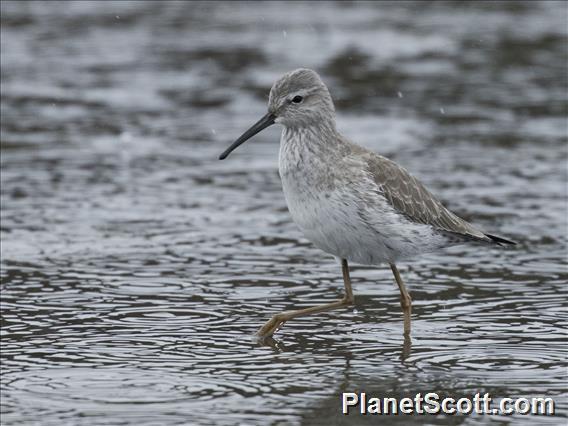Stilt Sandpiper (Calidris himantopus)

Stilt Sandpiper (Calidris himantopus)
×


Stilt Sandpiper (Calidris himantopus)
About Stilt Sandpiper (Calidris himantopus)
- Kingdom: Animals
- Phylum: Chordates
- Class: Birds
- Order: Pelicans
- Family: Sandpipers and Allies
The stilt sandpiper is a small shorebird. The scientific name is from Ancient Greek; the genus name kalidris or skalidris is a term used by Aristotle for a gray-colored waterside bird. The specific himantopus means "strap foot" or "thong foot", and also refers to the stilt.
Source: Wikipedia
Trips
Visits
-
-
-
-
2016-01-05
Cabo Rojo, United States of America -
-




